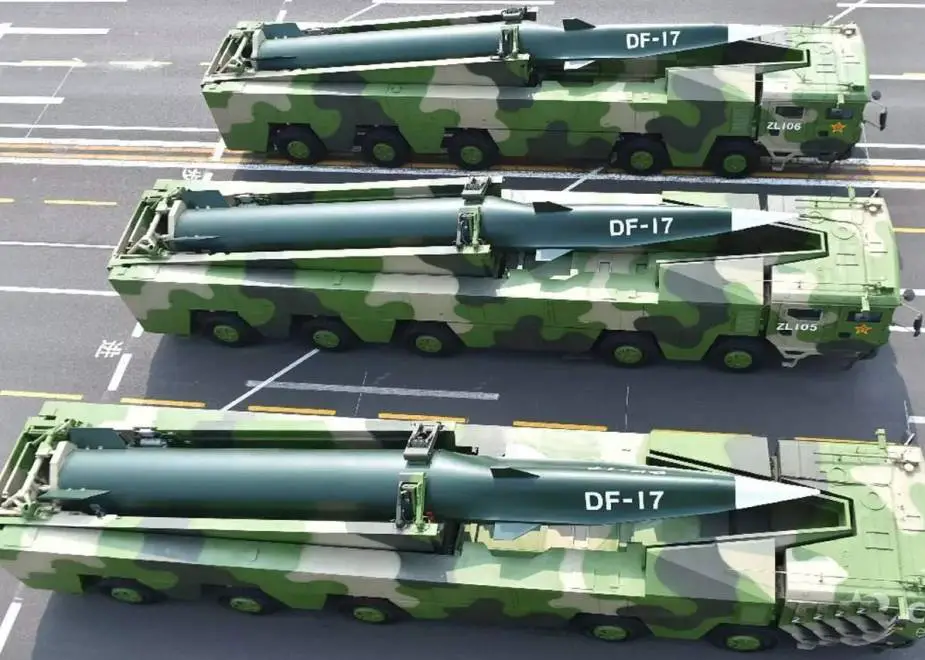America’s nuclear secrets remain exposed to “insider” attacks due to the Department of Energy’s (DoE) failure to implement security suggestions, the Government Accountability Office said on May 24.
“Sunk” By China, USS Gerald R. Ford Aircraft Carrier Makes Historic Visit To Norway On Its First Deployment
According to the study, the federal agency responsible for safeguarding the country’s nuclear secrets has not established an “insider threat” program to protect against fraudsters, leakers, and spies among its ranks, a decade after a presidential order to do so.
In its Nuclear Security Report, issued on May 24, the GAO warned that the DoE’s inadequate security procedures might have “devastating consequences.”
The report emphasizes concerns presented by “insider” groups, such as the possibility of a spy or other hostile actor gaining access to nuclear material while posing as workers, contractors, or trusted visitors.
The Energy Department has allegedly ignored suggestions from four independent reviewers pointing out serious flaws in its efforts to develop an internal threat program for years, according to the sharply written report by the GAO.

In 2017—the most recent year for which data was accessible—approximately 250 security incidents related to insider threats were recorded.
Although the investigators discovered that most incidents were unintentional, they categorized 100 incidents as serious breaches.
These 100 incidents encompassed various breaches, such as the transmission of classified data through unsecured channels, instances of unattended security zones, and inadequate protection of classified information.
The report additionally highlights several malicious occurrences. Among them, a nuclear safety program manager was convicted and subsequently sentenced to 18 months of imprisonment.
The manager was found guilty of accepting bribes totaling nearly $500,000, which were offered in return for performing official acts.
The report underscores the potential sources of threats, which can originate from external adversaries and individuals classified as “insiders.”
“Threats can come from external adversaries or ‘insiders,’ including employees or visitors with trusted access… Such threats could have significant consequences for national security and could include the unauthorized release of classified information; workplace violence; or improper access to sensitive nuclear weapons, material,” the GAO noted.
DOE Fails To Put Security Measures In Place
According to the Department of Energy (DoE), the implementation of recommended security measures commenced in 2014. However, the latest report by the GAO reveals that the agency has yet to implement critical components of the program as of this year.
The DoE has failed to implement seven essential measures mandated for its Insider Threat Program.
Despite receiving approximately 50 findings and recommendations from independent reviewers aimed at facilitating the complete implementation of the program, the DoE has not taken the necessary steps to incorporate these measures as outlined, the report added.
Given the rising rivalry between the US and its adversaries, such as China and Russia, the vulnerability of America’s nuclear secrets is a critical problem for the US.
In September 2022, the EurAsian Times reported that over the past two decades, more than 100 Chinese scientists were involved in government-sponsored research at the Energy Department’s Los Alamos National Laboratory and have been recruited to carry out scientific work in China.

Concerningly, some of these research activities have contributed to advancing military technology, posing a potential threat to the United States’ national security.
In a study, Strider Technologies also outlined what it says is a systemic attempt by the Chinese government to send Chinese experts to Los Alamos, the site of the first nuclear weapons development.
According to the research, several experts were eventually persuaded to return to China to aid in the development of technology, including drones, hypersonic missiles, drones, and deep-earth-penetrating warheads.
As part of Beijing’s “talent programs,” which aim to entice Chinese experts to return to the Asian nation, it was believed that the scientists received payments of up to US$1 million.
Most of the conduct detailed in the paper appears to have been lawful. However, one former Los Alamos scientist who participated in a Chinese recruiting program confessed to lying in 2020.
The type of technology transfer mentioned in the Strider study is one of the threats that Inside Threat programs are intended to address.
Meanwhile, the Energy Department agreed with all the suggestions and made several commitments to do better in a written response included in the GAO report.
- Contact the author at ashishmichel(at)gmail.com
- Follow EurAsian Times on Google News




